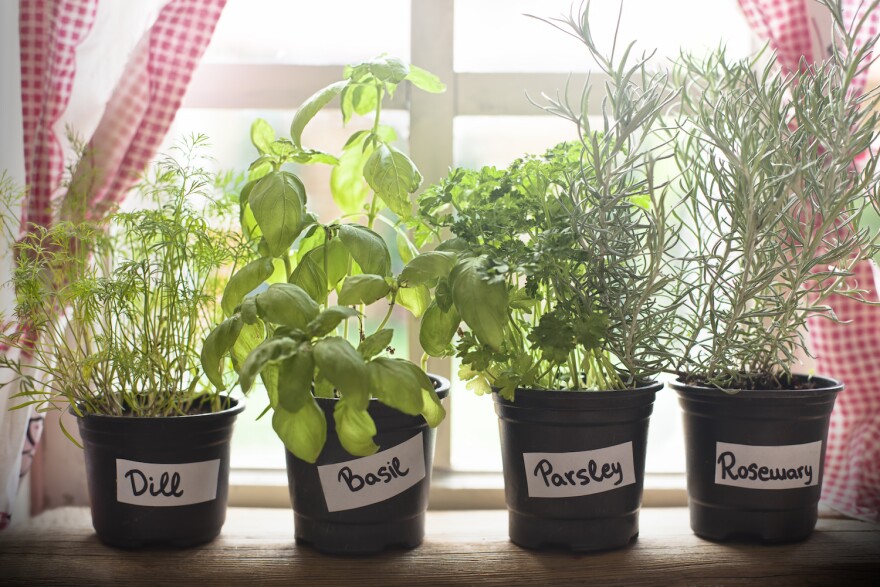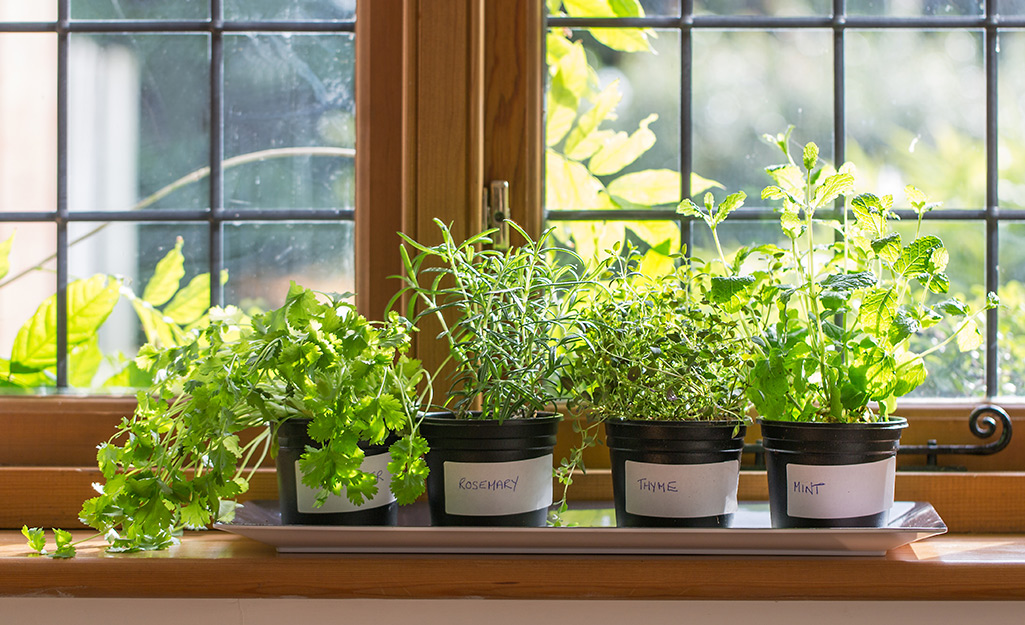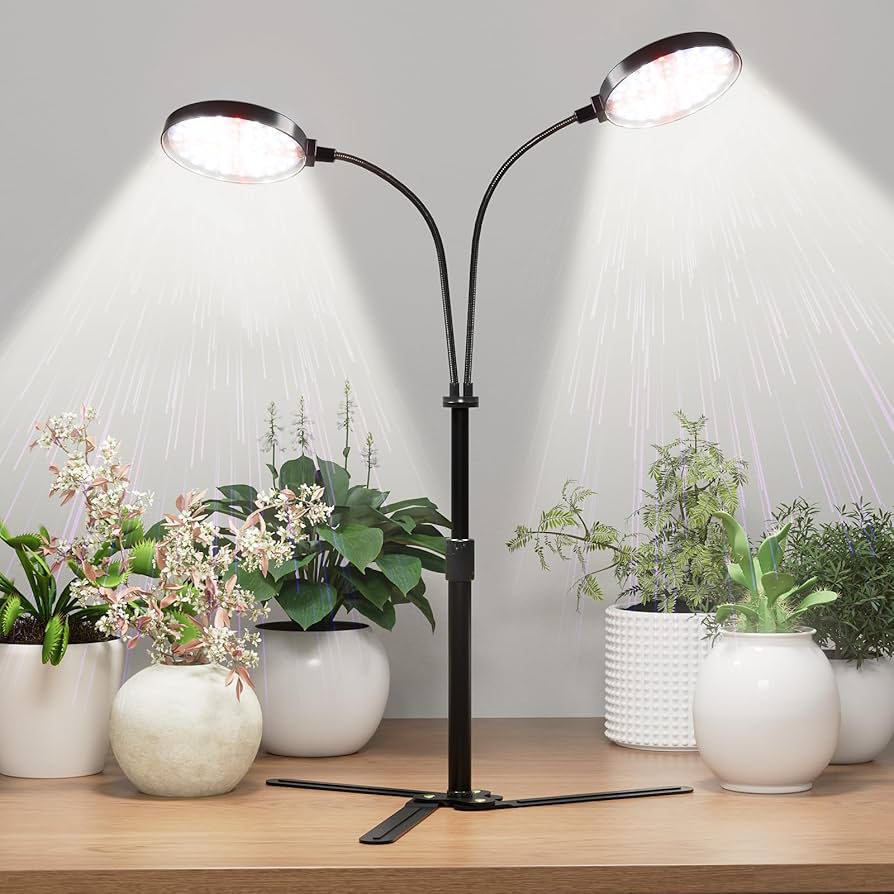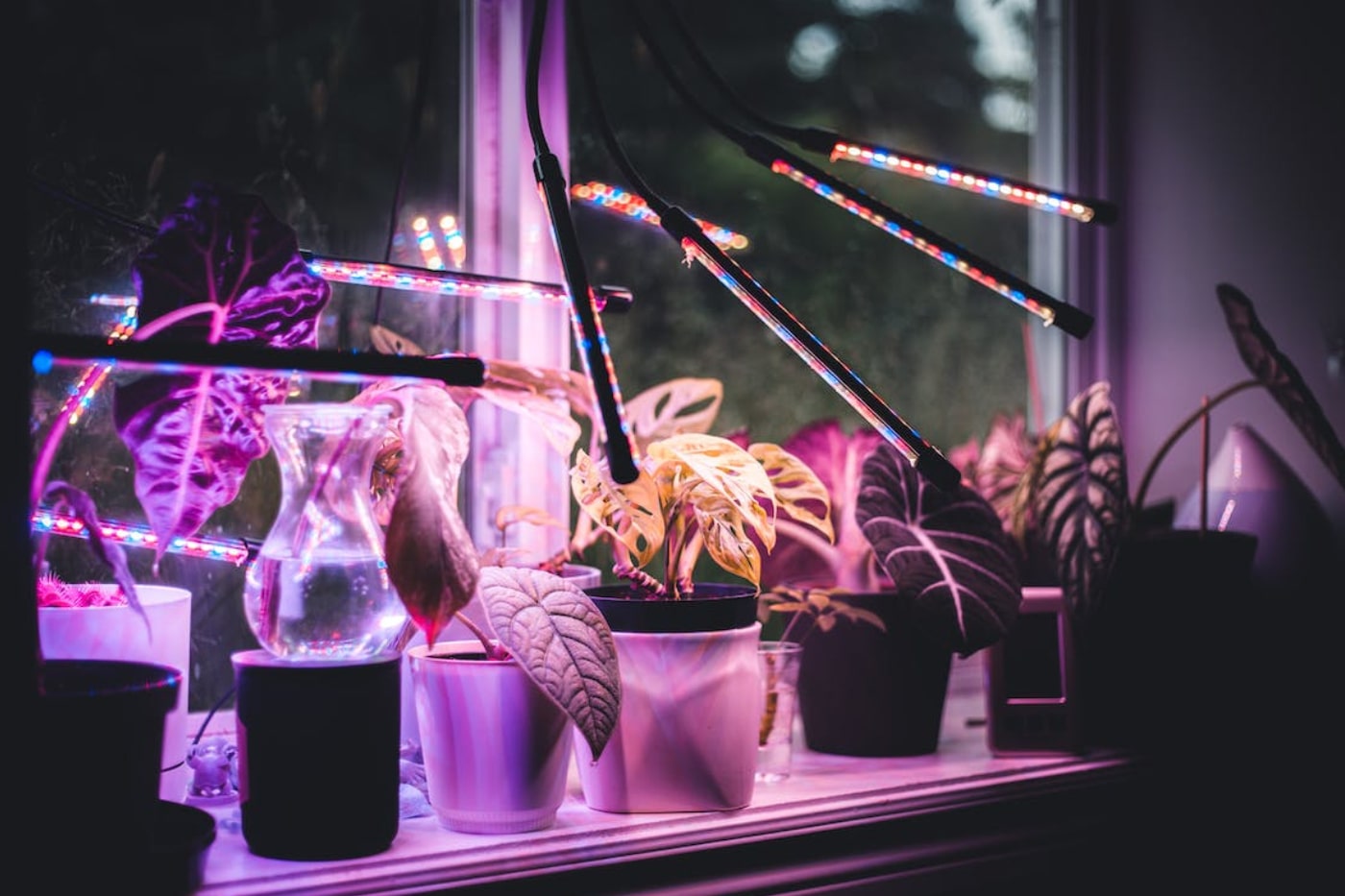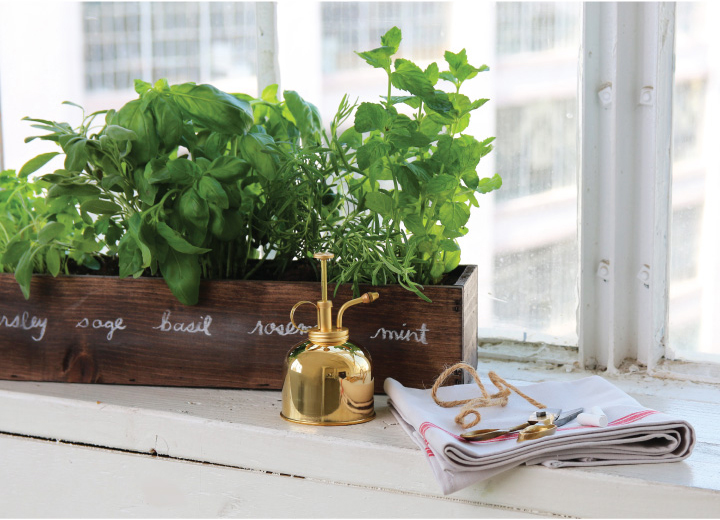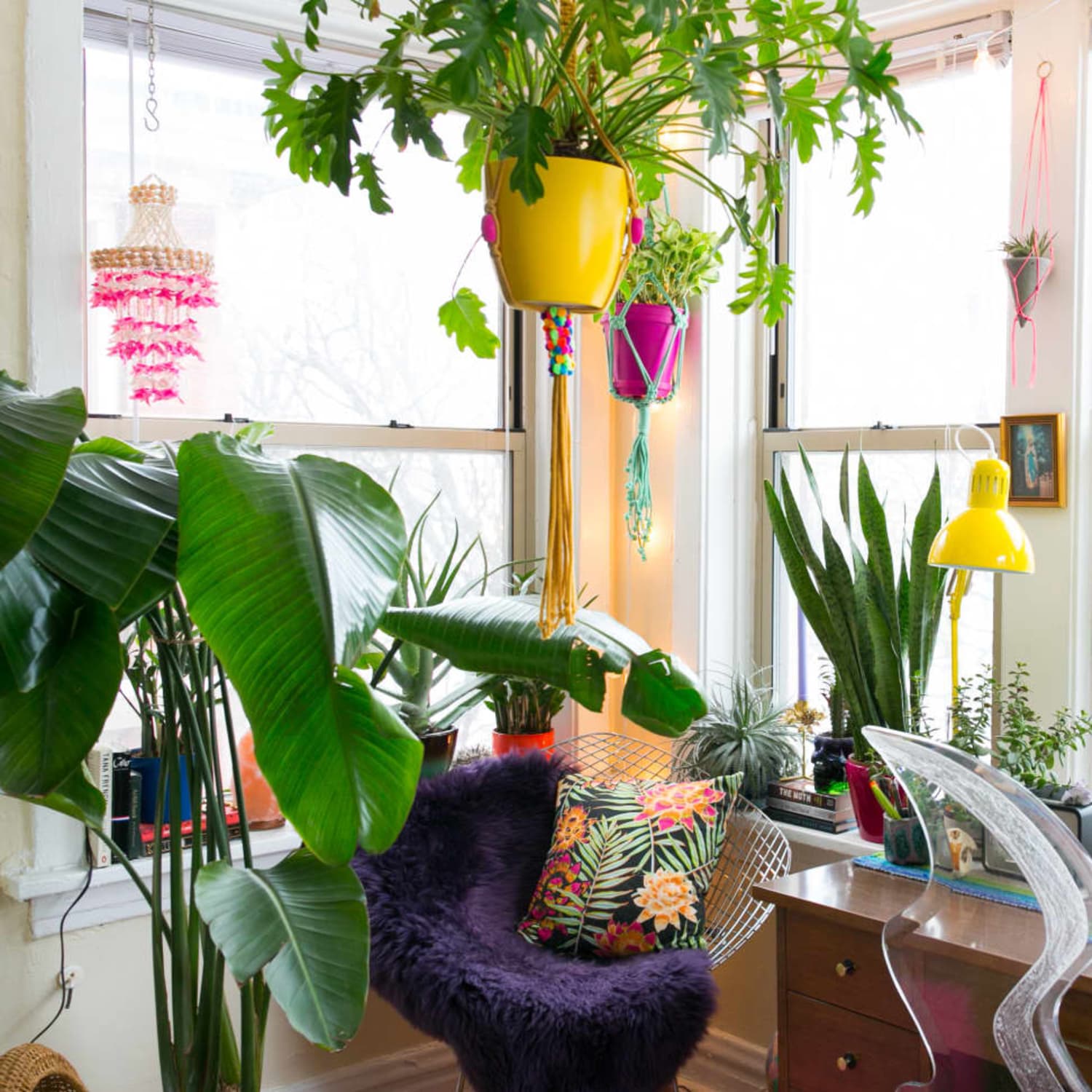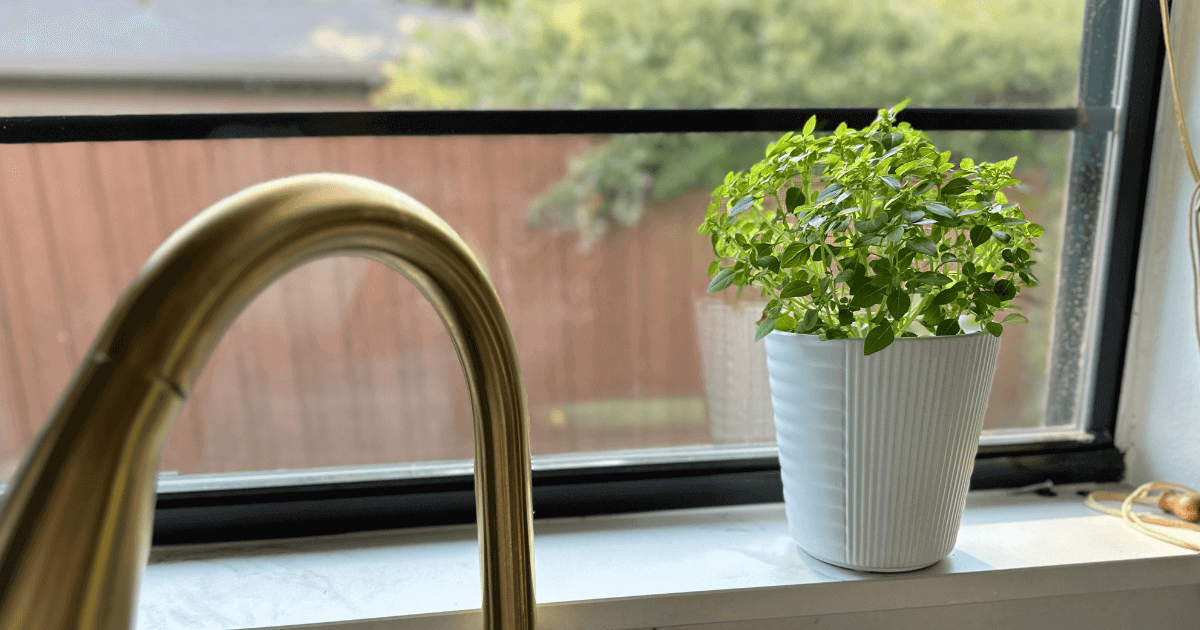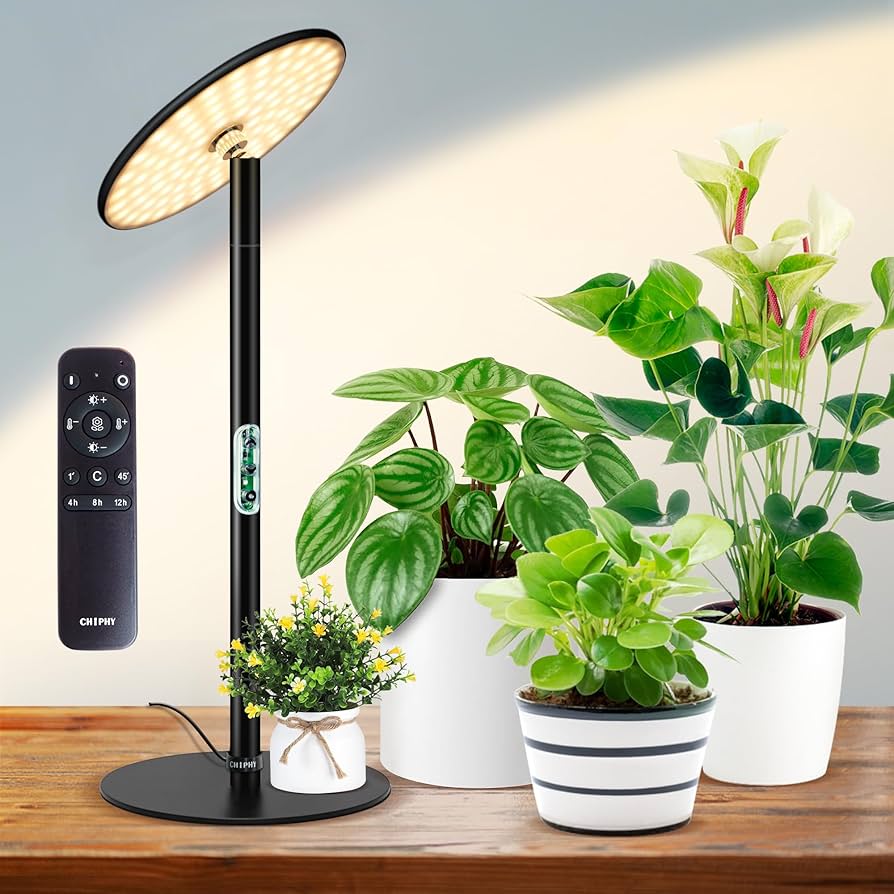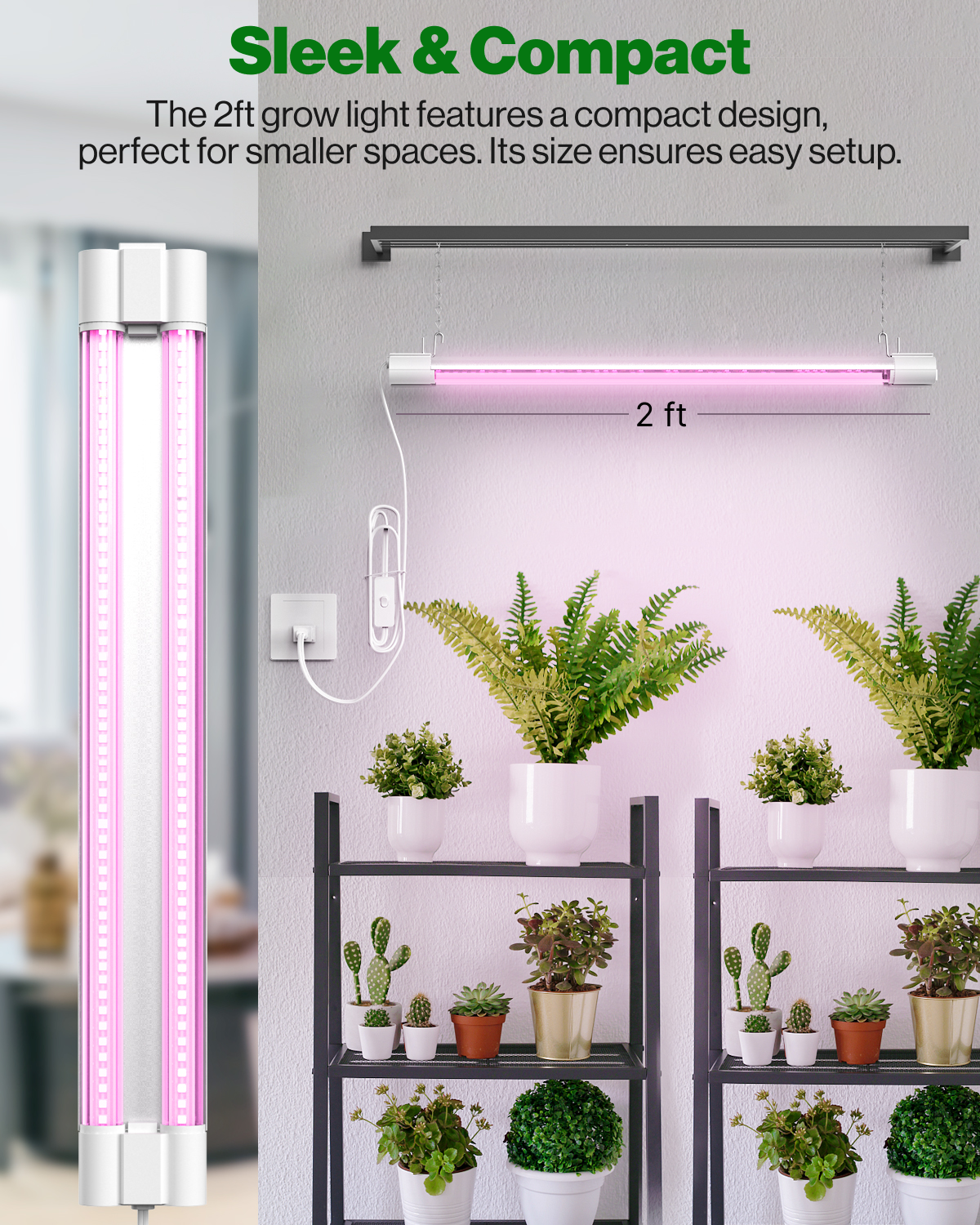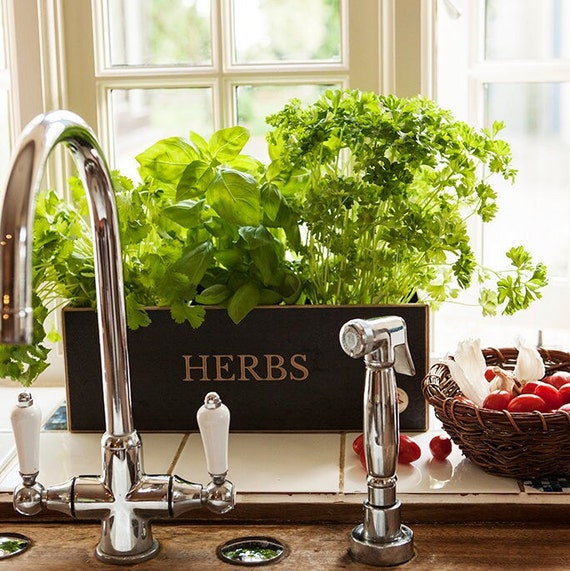South-Facing Windows: Best Choice for Herbs
South-facing windows receive the most intense sunlight throughout the day, making them ideal for sun-loving herbs like basil, oregano, and rosemary. In Canadian homes, this exposure provides 6-8 hours of direct light during summer and 4-5 hours in winter. Position pots 30-60cm from the glass to prevent leaf scorch in summer while maximizing light absorption.
